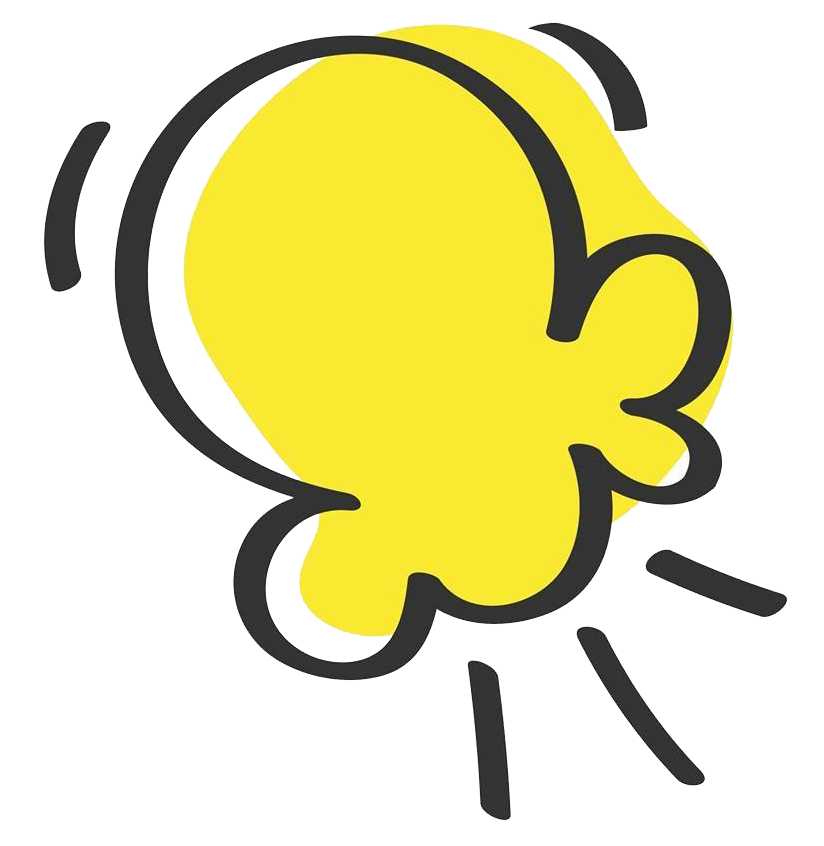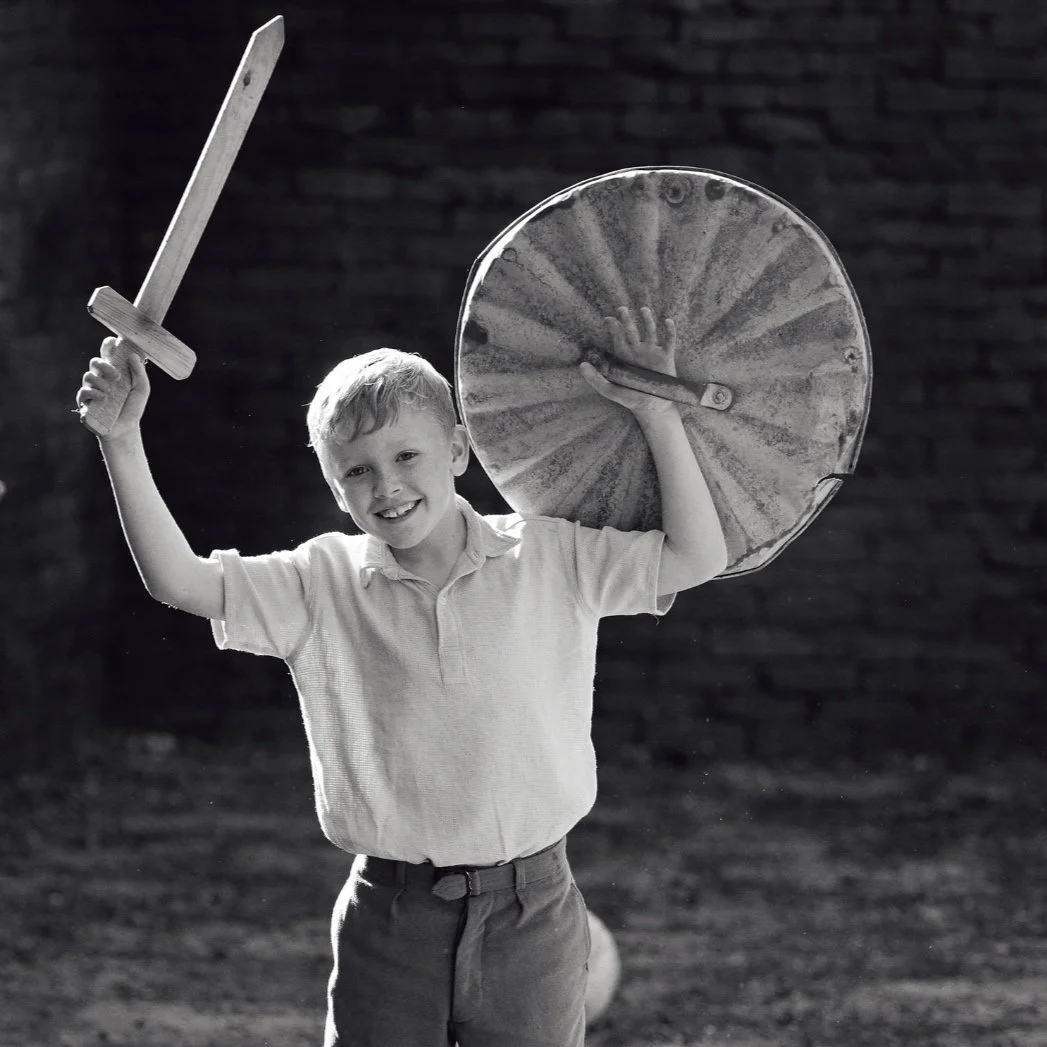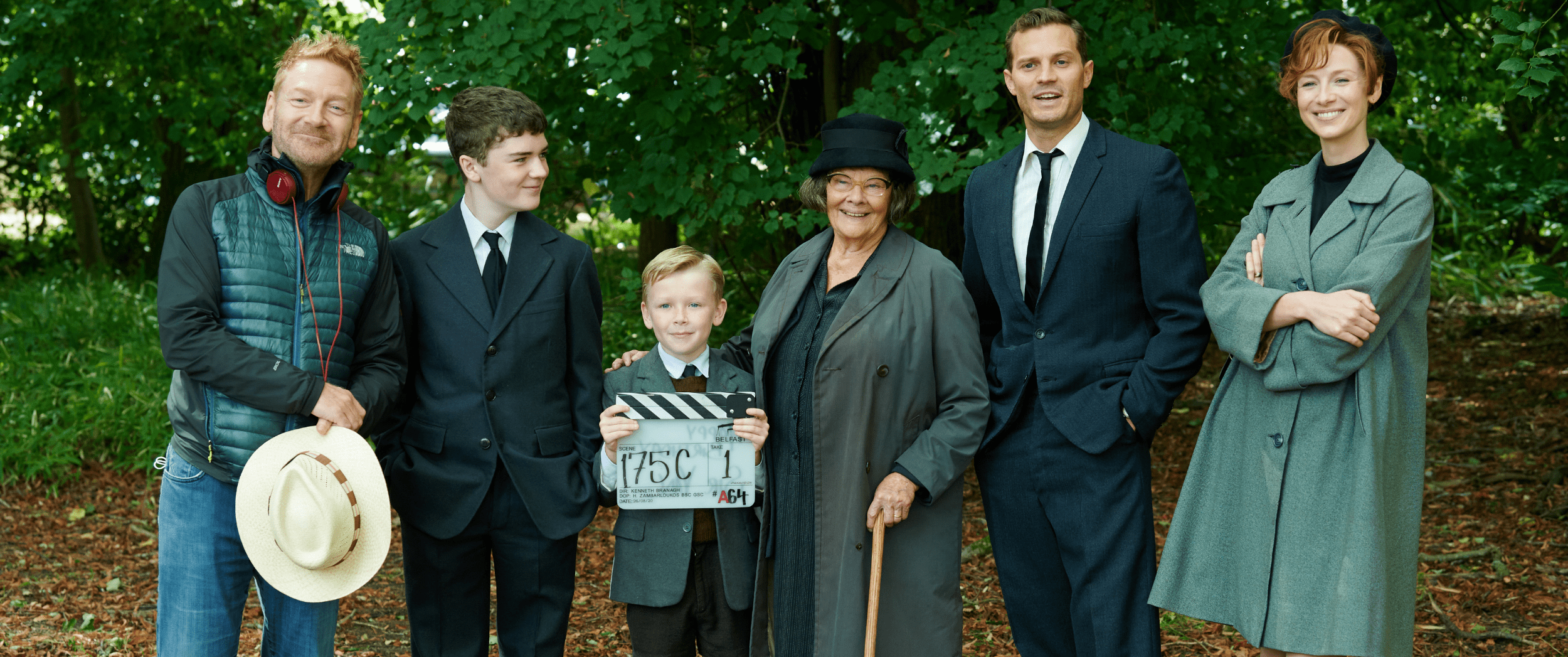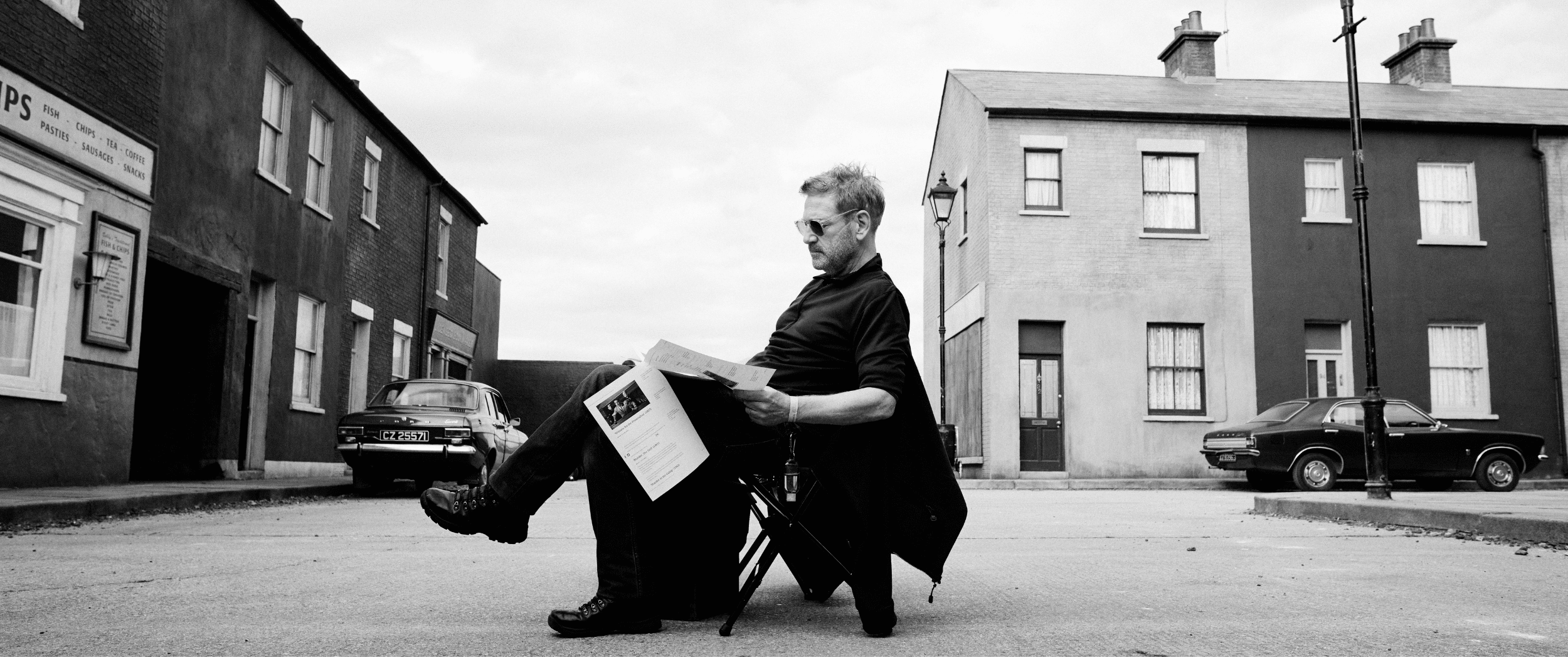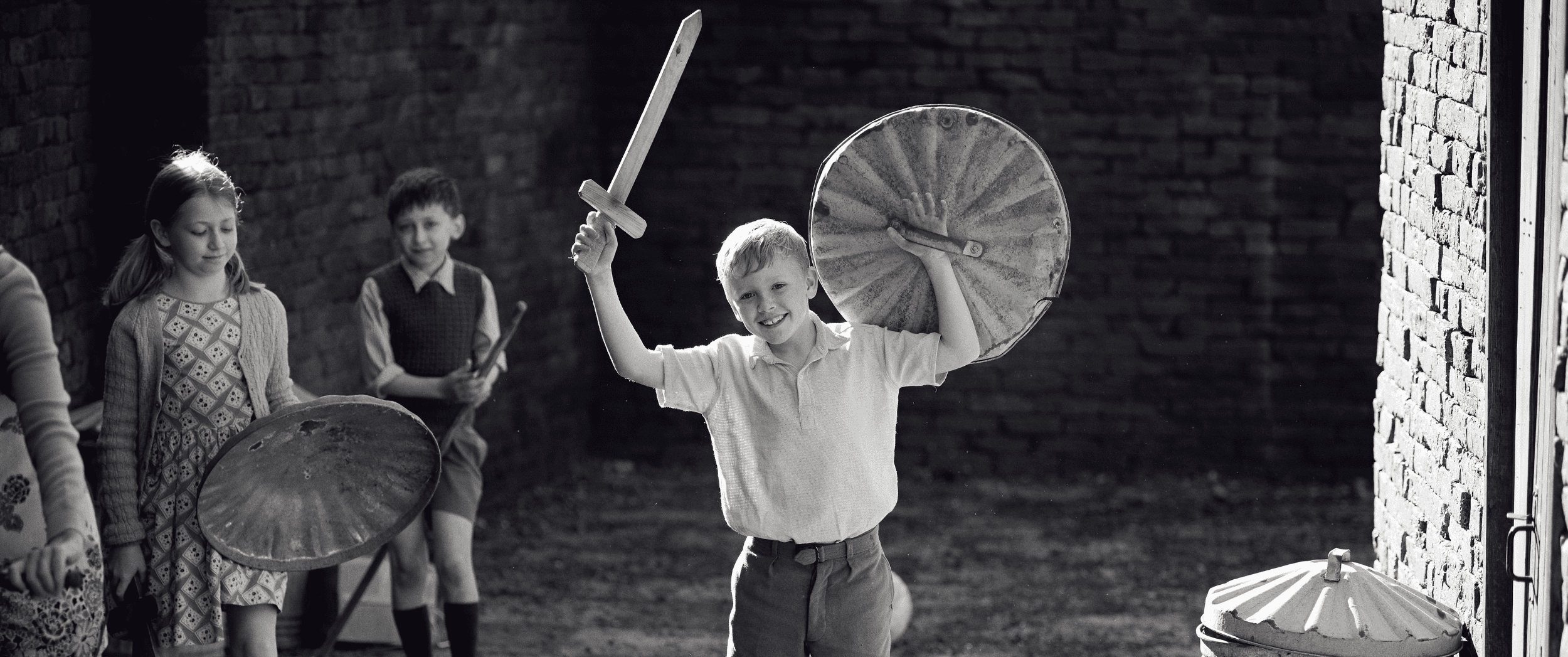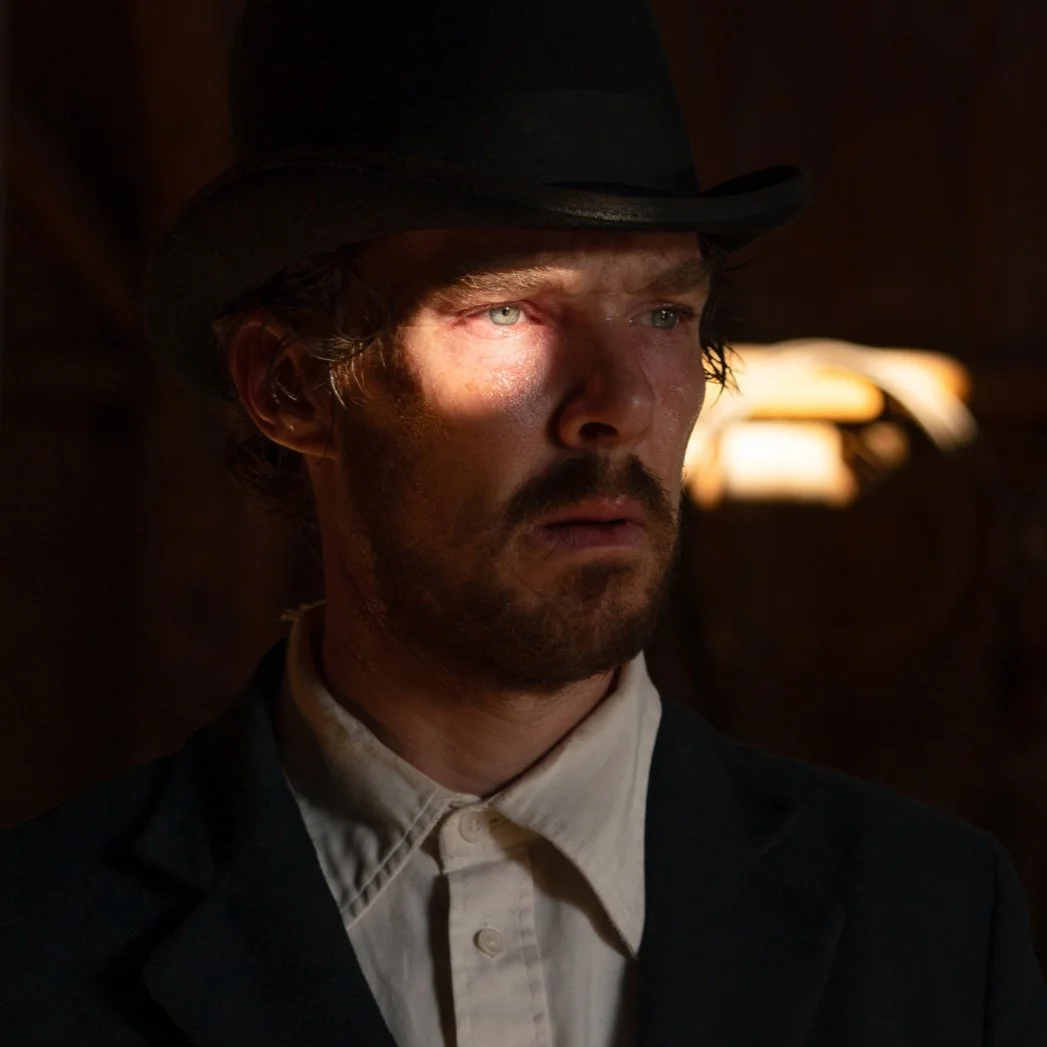How Kenneth Branagh tackles The Troubles in his Belfast movie
Kenneth Branagh’s moving drama Belfast sprouts from the writer and director’s own childhood in the tumultuous streets of 1960s Northern Ireland. Despite being one of the most violent low-level wars, the details of the decades-long conflict known as ‘The Troubles’ is not widely understood elsewhere in the world. Academy Award-nominee Branagh changes that with his bitter-sweet narrative Belfast, starring Irish actors Caitríona Balfe and Jamie Dornan alongside legends Judi Dench, Ciarán Hinds and newcomer Jude Hill.
The film is set in the summer of 1969. At this point in time, there are two dominant communities in Northern Ireland: the Roman Catholic nationalists (republicans), who identify as Irish and wish for Northern Ireland to become part of the republic of Ireland; and the Protestant unionists (loyalists), who want to remain within the United Kingdom. These are the two sides of the Northern Ireland struggle.
It began when the partition of Ireland in 1921 sent cracks running through the already fragile relationship between Ireland and Britain. But significant political and civil unrest sparked in the late ‘60s when the minority Catholic population were faced with harsh discrimination, particularly concerning housing and employment. Many families, mostly working-class, were forced out of their jobs and considered leaving Ireland to be the safest option. In 1969, there, in the capital of Northern Ireland, fighting erupted.
A solution was reached in 1998, some 30 years after The Troubles began, but that doesn’t erase the decades of damage. Around 3,600 people were killed and more than 30,000 were wounded, with the psychological and emotional trauma still affecting generations today. As Branagh recalls, “I remember life turning on its head in one afternoon, almost in slow-motion, not understanding the sound I was hearing, and then turning around and looking at the mob at the bottom of the street, and life was never, ever, ever the same again.”
It took Branagh 50 years to discover the way he wanted to tell this story. Belfast’s protagonist, a nine-year-old boy named Buddy (Hill), is a “fictional version” of Branagh. He tells NME, “I wanted to stay in that perspective because I knew that I wasn’t capable of writing a film that attempted to sum up the complex nature of The Troubles.” It’s through Buddy’s hopeful gaze the director infuses the film with a gentleness, completely at odds with the brutal environment he grew up in. “The story of my childhood, which inspired the film, has become a story of the point in everyone’s life when the child crosses over into adulthood, where innocence is lost,” Branagh explains.
Belfast has been labelled semi-autobiographical, but the revered star prefers to define his film as ‘auto-fiction’ (inspired by Pedro Almodóvar’s description of his film Pain and Glory) because, while the story is based on his own experiences, much of it is fictionalised. Whereas Buddy’s personality might differ from Branagh’s when he was a child, one thing that has been carried over to the film is his love for film and TV. Buddy begins to filter his experiences through the lens of Westerns and other stories – something Branagh was largely influenced by growing up.
It’s through the universal themes of family, imagination and security that Branagh will pull on the audiences’ heartstrings. But what he primarily hopes for is audiences leave the cinema feeling consoled and realise they are not alone. “People might recognise a crossover point in their own lives, albeit not always as heightened by external events,” he says.
Kenneth Branagh invites you to explore Belfast, the “city of stories”, through the eyes of a child. Maybe then we will truly see the joys and sorrows that not only shaped a man, or a people, but a country.
